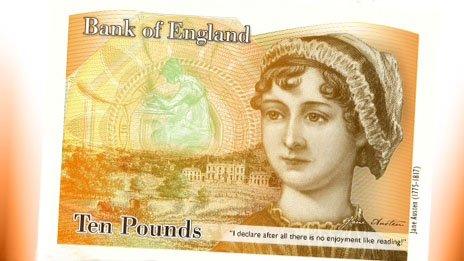New £20 note design and personality unveiled by Bank of England
- Published
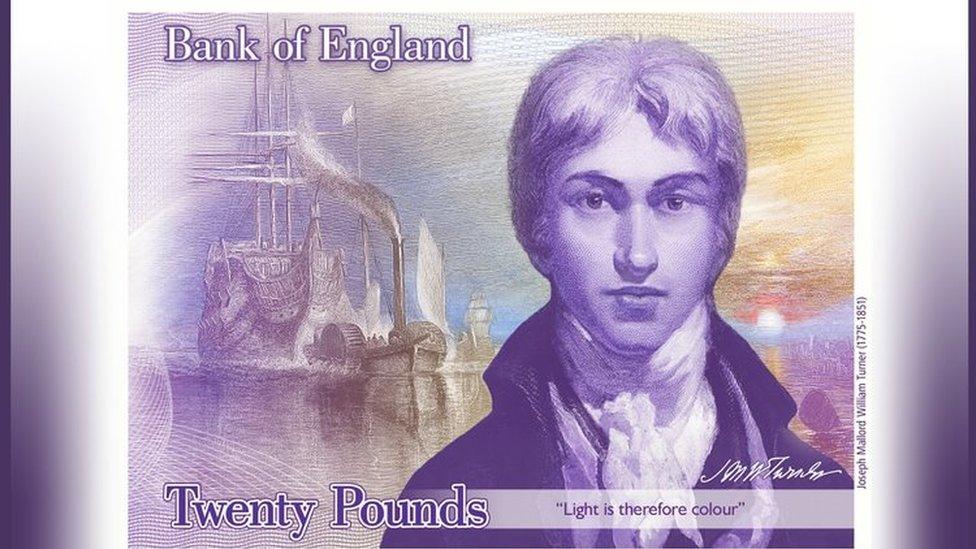
The banknote features a self-portrait of JMW Turner and one of his best works
Artist JMW Turner and his painting The Fighting Temeraire will feature on the new design of the Bank of England's £20 note to enter circulation in 2020.
The English Romantic artist was chosen from a list of public nominations - the first time the Bank has asked who should appear on a specific banknote.
The note, to be made of polymer, will eventually replace the current £20 note featuring the economist Adam Smith.
The choice means all but one Bank of England banknote character will be men.
Of the five characters on banknotes by 2020, other than the Queen only Jane Austen - appearing on the £10 note from 2017 - is a woman.
The men who will feature by 2020 are Sir Winston Churchill on the £5 note who will replace campaigner Elizabeth Fry from September, Turner on the £20 note, and Matthew Boulton and James Watt remain on the £50 note.
Selection process
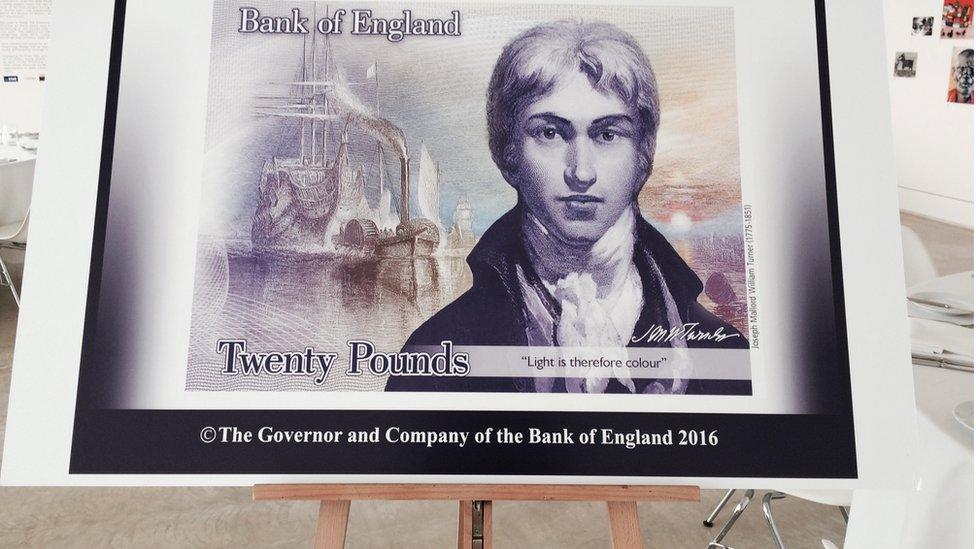
The design was unveiled in Margate
The Bank received 29,701 nominations from the public after it announced it wanted to celebrate an artist on the note. Some 590 eligible visual artists, external were considered for the honour - about a fifth of whom are women.
The list was considered by a Bank committee chaired by the Bank's deputy governor Ben Broadbent, and including chief cashier Victoria Cleland and independent experts Sir David Cannadine, Baroness Lola Young of Hornsey and Sandy Nairne. Three visual arts experts - John Akomfrah, Alice Rawsthorn, and Andrew Graham-Dixon - were also consulted.
The committee drew up a shortlist of five - Turner, filmmaker Charlie Chaplin, sculptor Barbara Hepworth, painter William Hogarth, and designer Josiah Wedgwood.
The final decision was made by the Bank's governor, Mark Carney.
He said diversity was a consideration in the decision, and he admitted that "further progress" was needed on all measures of diversity when thinking about representation on banknotes. However, he said the process was more transparent and independent now.
But Caroline Criado-Perez, whose campaign for more women to appear on banknotes was followed by the announcement of the Jane Austen £10 note design, said: "Obviously it would be nice for it to have been a woman given women make up half the population, but I guess the Bank of England thinks one woman out of five historical figures ticks off their gender quota."
'Influence'
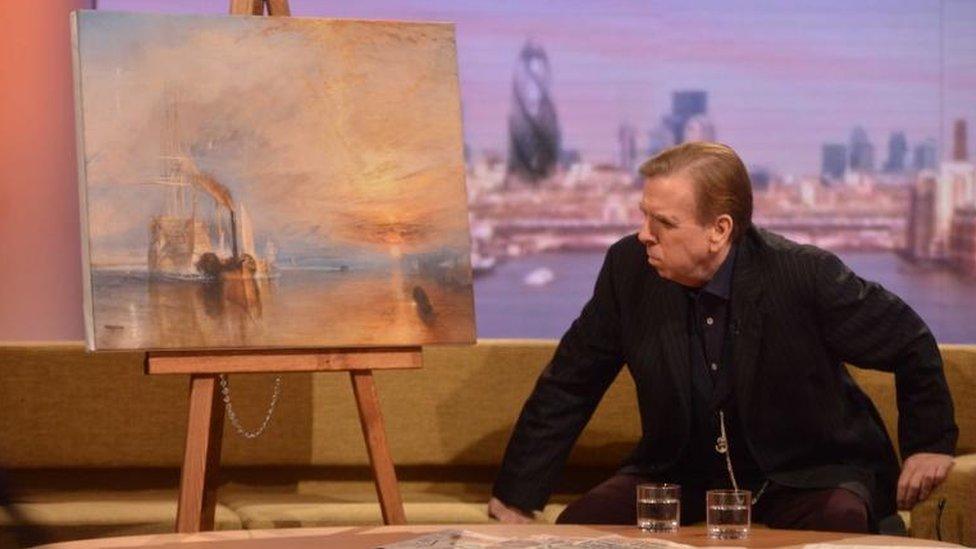
Actor Timothy Spall played JMW Turner in the 2014 film Mr Turner
Joseph Mallord William Turner, or JMW Turner (1775 - 1851), is known as "the painter of light" and described by artist Tracey Emin as a "wild maverick".
Mr Carney, the Bank's governor, said: "Turner is perhaps the single most influential British artist of all time. His work was transformative, bridging the classical and modern worlds. His influence spanned his lifetime and is still apparent today.
"I would also like to take this opportunity to thank all the people who got involved in the process and that sent us their suggestions for visual artists to celebrate. The range and breadth of these nominations is testament to the UK's achievements in the arts and the public's passion for it."
The banknote features Turner's self-portrait, from 1799, currently on display in the Tate Britain, and one of his most eminent paintings - The Fighting Temeraire - which can be seen in the National Gallery. In 2005, the painting - a tribute to the ship HMS Temeraire in Nelson's victory at the Battle of Trafalgar in 1805 - was voted Britain's greatest painting in a poll organised by the BBC.
The quote on the banknote - "Light is therefore colour" - comes from an 1818 lecture by Turner at the Royal Academy, where he first exhibited at the age of 15. His signature is from his will in which he bequeathed his work to the nation.
The unveiling was held at the Turner Contemporary in Margate, Kent. It was in the town that the London-born Turner, the son of a barber and wig maker, loved and more than 100 of his works were inspired by the East Kent coast.

Analysis
Arts editor Will Gompertz
I suppose if you were to choose the most influential British artist whose work resonates around the world and influenced a modern movement, you'd have to choose JMW Turner.
There is no doubt that he was magnificent painter, a visionary artist and a fabulously interesting character.
But, and this is only a personal opinion, I really wish they had gone for the Victorian photographer Julia Margaret Cameron.
She too, in her own way, was a pioneer - coming to the art form late in life and creating iconic images of great intellectuals of her day including that of Charles Darwin which can be seen on the face of the £10 note.

Going plastic
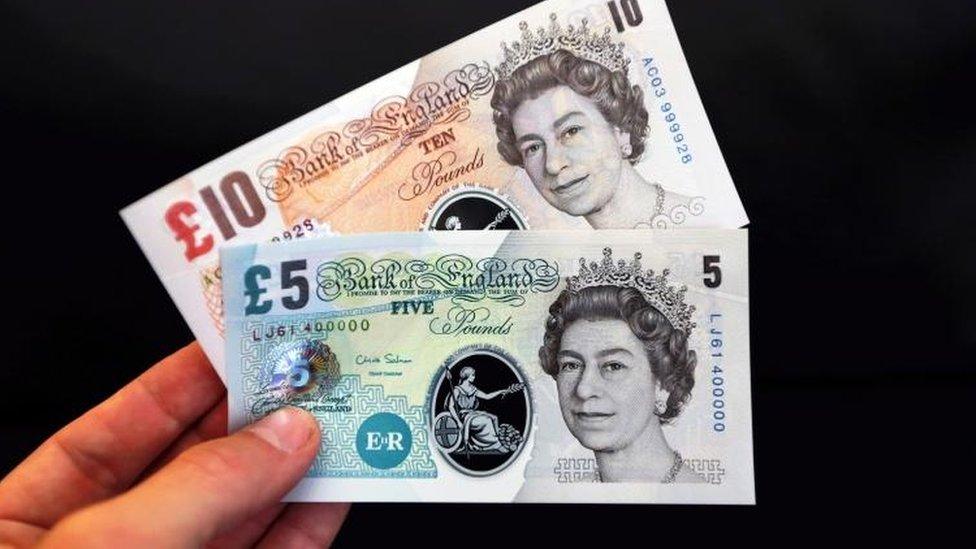
The new £20 note will be the third Bank of England banknote to be made from polymer, following the new £5 note and new £10 note.
The theory is that the plastic notes will be more sturdy, such as surviving a spin in the washing machine, and be more resistant to counterfeiting.
Only the £50 note will remain a paper Bank of England banknote.
Clydesdale Bank in Scotland has issued a series of polymer notes. In 1999, Northern Bank of Northern Ireland issued a polymer £5 commemorative note celebrating the year 2000.
A plastic note was introduced in the Isle of Man in 1983 but was withdrawn in 1988 owing to problems with the ink.
- Published22 April 2016
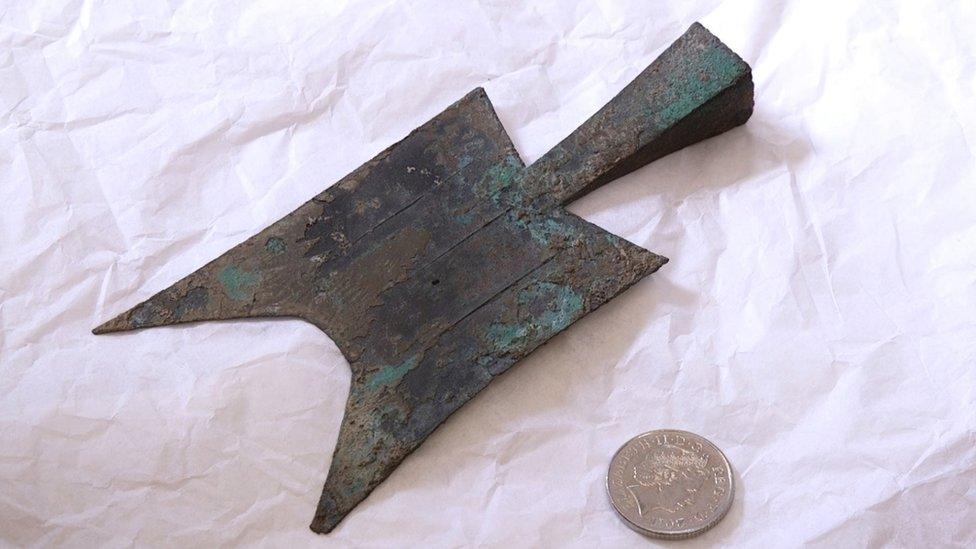
- Published2 September 2015
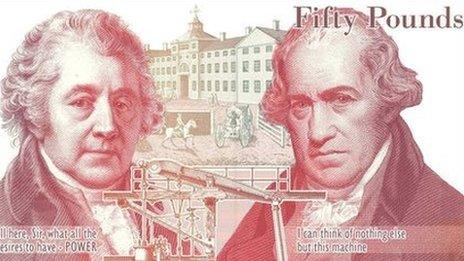
- Published13 April 2015
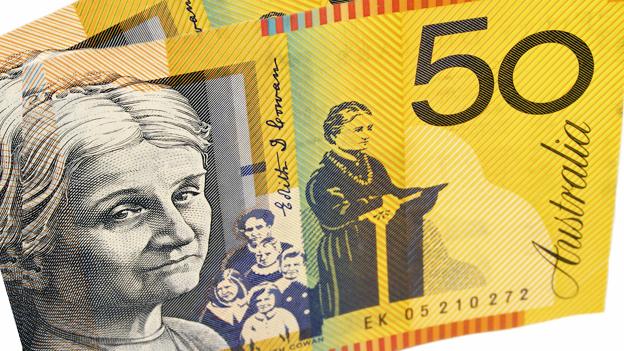
- Published24 July 2013
